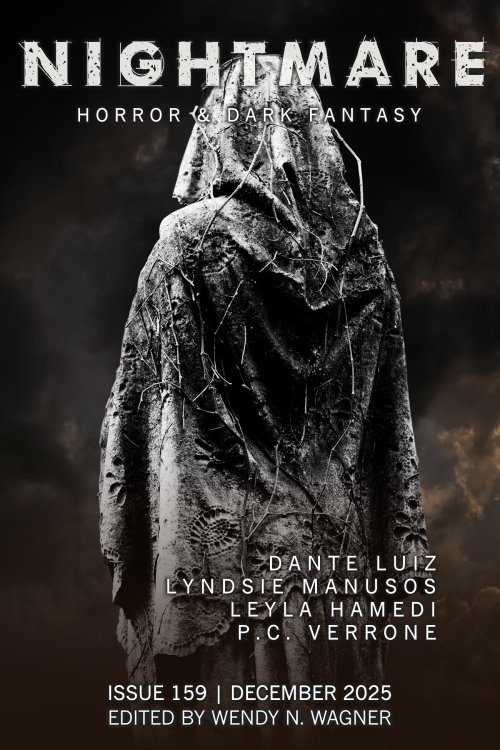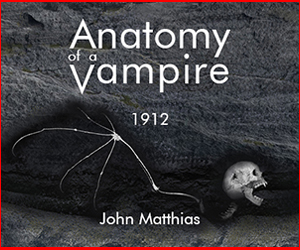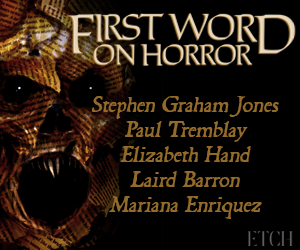Author Spotlight
Author Spolight: Seras Nikita
I work in visual effects (for film) as my day job, so I think that visual storytelling is always a big part of my writing. Narrating is kind of a cheat, in both worlds. It’s cheating to tell a reader what to think, and it’s bossy and flimsy and a lot can go wrong. Better to give them something physical to react to and trust that they’ll arrive at whatever you’re getting at by themselves.








